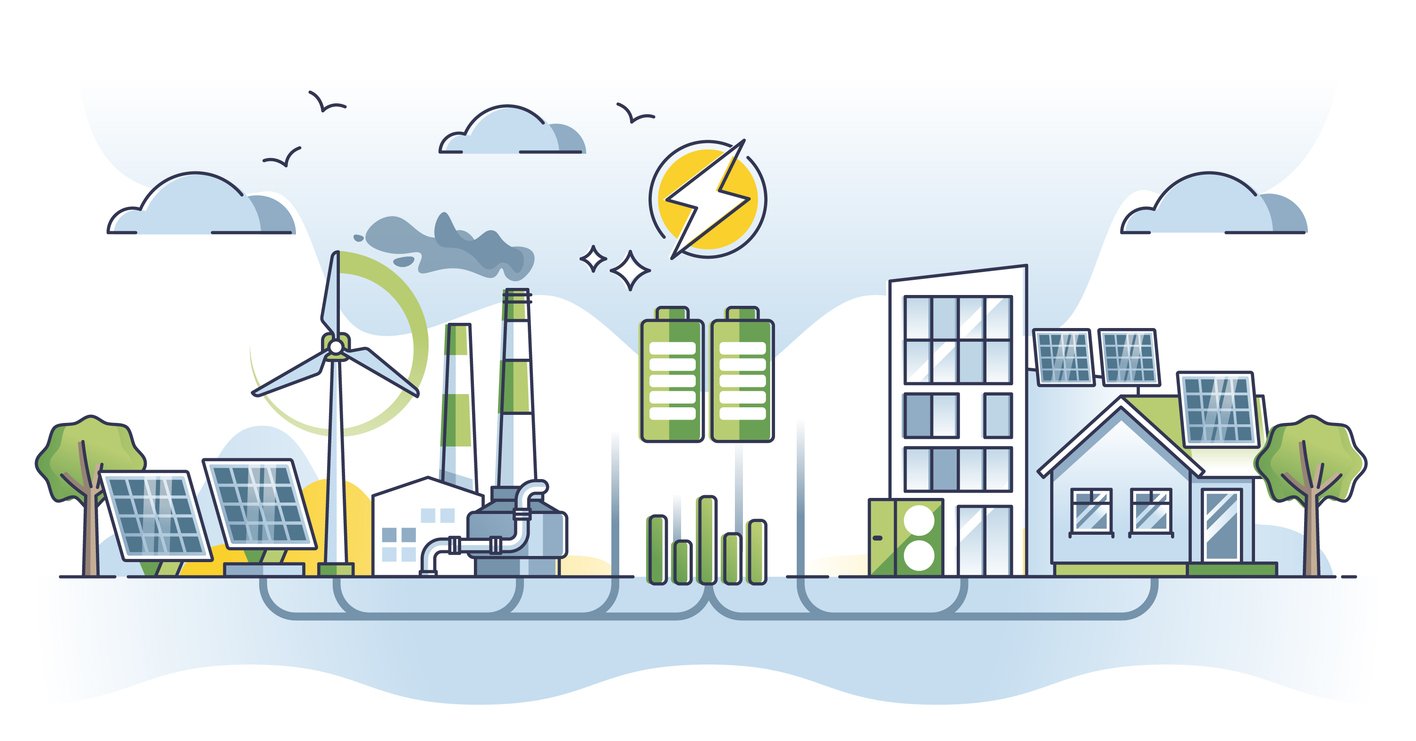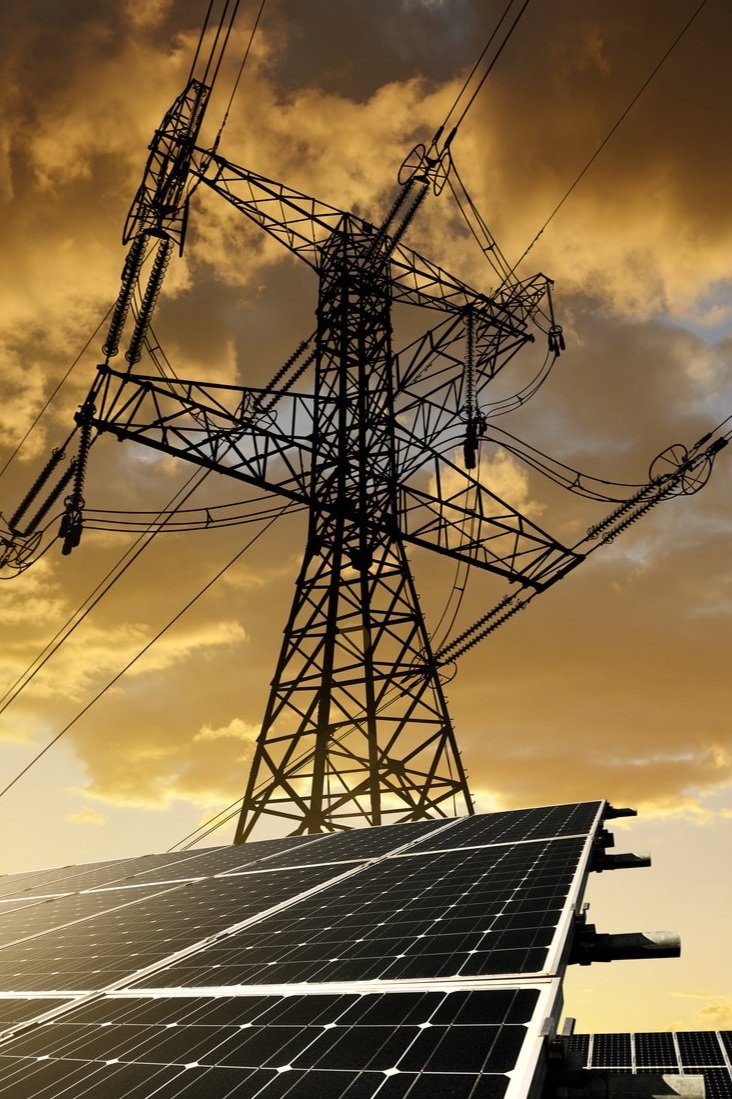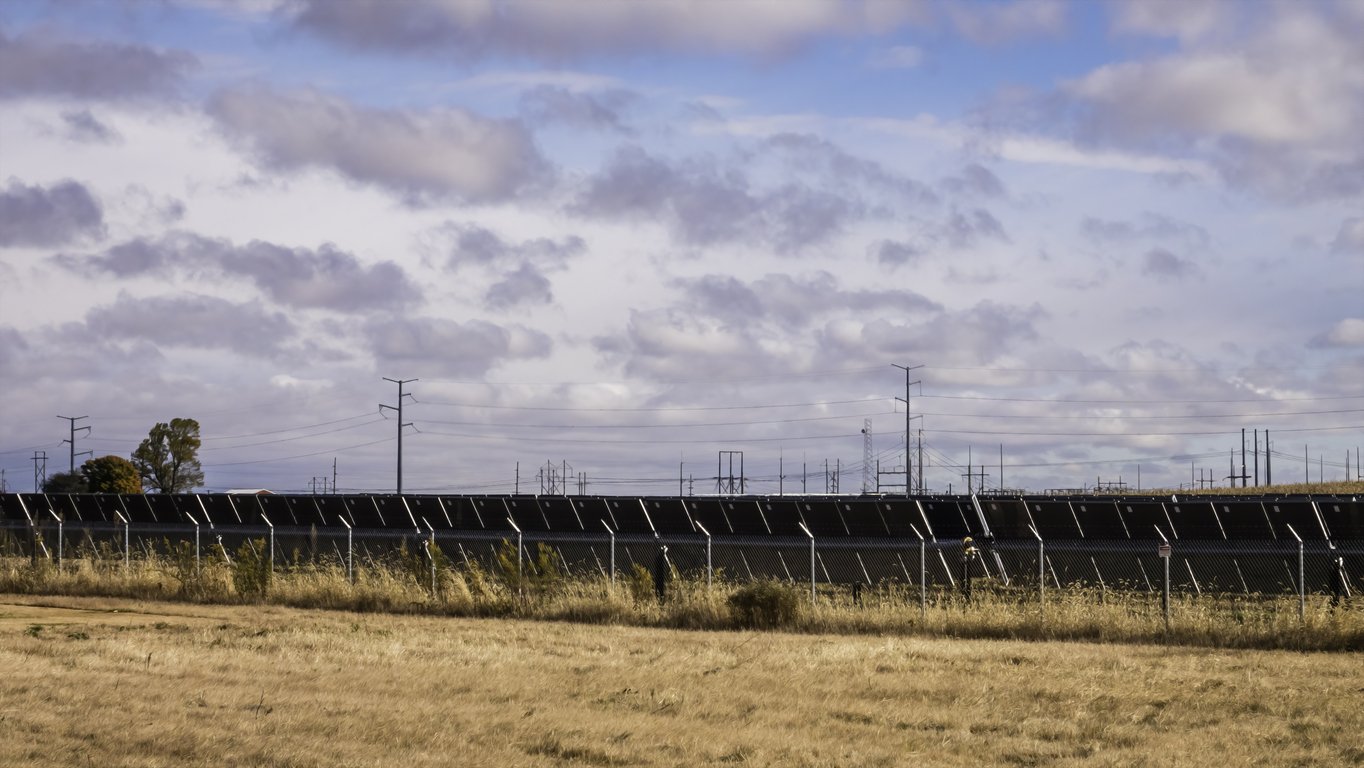Navigating the Challenges of DG Interconnection with ComEd
The growing interest in distributed generation (DG) projects, particularly those involving solar energy, is reshaping the landscape of the energy sector. However, energy innovators, solar project developers, landowners contemplating solar, and utility industry professionals are increasingly confronted with significant hurdles when it comes to interconnecting. This is the case for virtually every utility across the US, but is especially challenging with Commonwealth Edison (ComEd) in Illinois.
This post aims to unravel why DG interconnection in ComEd's territory is so challenging and what the new changes to the interconnection process will do to help, highlighting key insights and perspectives on the issues at hand.
The Complexity of Interconnection with ComEd
1. Lack of Clear Information from the Utility
One of the most pressing issues developers face is the lack of clear and transparent information from ComEd. This lack of clarity manifests in several ways:
a. Understanding the Queue and Hosting Capacity Maps
The process for developers begins with understanding where their project stands in the interconnection queue and the available hosting capacity at a given project location. Unfortunately, ComEd's system is convoluted and often anonymized, making it difficult for developers to get accurate information.
Anonymized Queue and Substation/Feeder Names: ComEd anonymizes the queue, substation, and feeder names so that the names in the publicly available queue do not match the names provided in pre-application reports. This discrepancy makes it nearly impossible for developers to track capacity changes effectively.
False Queue Information: Projects that are not feasible remain in the queue until they are officially withdrawn. This creates an illusion of unavailable capacity and has lead to new projects being studied under false assumptions – until very recently, ComEd would re-route projects to the nearest available substation if the native substation did not have capacity (sometimes over 10 miles away). This would result in huge interconnection upgrade costs, and even unfeasible projects sit in the queue until they are forced to withdraw (typically 30 days). The queue updates every two weeks, and there is often a lag of about a week or so when the updates are made.
Developers can attempt to navigate this maze by:
Looking up project ID numbers in the queue after submitting a full interconnection application (but you need to wait for the queue to update – while ComEd strives to update the queue every 2 weeks, they are not always able to. And when they do, there is often a lag of about a week (so an update made today would show data current as of a week ago)
Searching the hosting capacity map, although the necessary information may not always be available.
2. Prohibitive Interconnection Upgrade Costs
Another significant challenge is the high cost associated with interconnection upgrades. While it's beneficial that ratepayers are not burdened with these costs, the financial strain falls heavily on developers.
a. Re-routing and Expensive Reconductoring Costs
As discussed above if a substation lacks capacity, ComEd has historically rerouted the project to the nearest substation with capacity, which could be miles away. This rerouting results in prohibitively expensive reconductoring costs, often rendering projects financially unfeasible.
b. Unreliable Cost Estimates
Cost estimates provided by ComEd can be highly unreliable due to the presence of "false queue information." For example, a developer might receive an interconnection cost estimate of $600k, only to discover that projects ahead in the queue have triggered upgrades costing millions. If those projects ahead in the queue drop (as they often do, with costs that high), the costs then get passed down to the next project in the queue. These false assumptions can leave developers in a financial lurch, as their projects may then be responsible for covering these substantial upgrade costs.
3. Lack of Cost-Sharing Mechanisms
A major frustration for developers is the lack of ability to share costs among multiple projects benefiting from the same upgrades.
a. ComEd's Stance on Cost-Sharing
Currently, ComEd does not facilitate cost-sharing among developers. The project that triggers an upgrade is solely responsible for the entire cost, even if other projects in the queue will benefit from the upgrade. Although developers have requested that ComEd share contact information to facilitate private cost-sharing agreements and have even offered to sign a waiver allowing this sharing of contact information, ComEd has refused, citing privacy concerns. During a forum with developers on June 6, 2024, the issue of cost sharing came up again, with developers across the board asking ComEd to allow some form of cost-sharing. ComEd’s representative said during this forum that he would raise this issue internally, indicating that there may eventually be a path to cost-sharing if the privacy concerns can be addressed.
4. Limited Support for Grid Upgrade Funding
There is a notable lack of support for funding essential grid upgrades that would benefit all stakeholders, including ratepayers, developers, and the utility itself. This issue is not unique to ComEd but is prevalent across many utilities.
High Upgrade Costs: Lightstar has seen interconnection costs from ComEd exceed $15 million for a 4.95MW AC system, which is simply unsustainable for most DG projects.
Need for Funding Mechanisms: Stakeholders must advocate for mechanisms to fund grid upgrades equitably, ensuring the long-term viability of DG projects.
Turning the Tide: ComEd's New Procedures
While the challenges outlined above are significant, there is good news on the horizon. ComEd has implemented new procedures to address some of these issues. These changes are expected to bring more transparency and accuracy to the interconnection process.
Upcoming Changes
Improved Transparency: ComEd has already made improvements tof its queue and hosting capacity maps, making it easier for developers to obtain accurate and actionable information. These improvements are expected to continue.
Revised re-routing process: ComEd is no longer automatically re-routing new projects to the closest available substation or feeder if the native ones cannot support new generation. Instead, they will ask developers to indicate a preferred feeder (ComEd will select one if the developer does not indicate one), and the project will be studied at that feeder. If there is no capacity, ComEd will deny interconnection rather than re-routing without consulting the developer.
Stay tuned for our follow-up post, where we will provide a detailed debrief of ComEd's new interconnection procedures and how they aim to tackle these challenges head-on.
Conclusion
Navigating the interconnection process with ComEd can be daunting, but understanding the key challenges and the steps being taken to address them can empower energy innovators, developers, landowners considering solar or Agrivoltaics, and utility professionals to make informed decisions. Despite the hurdles, the push towards a sustainable and resilient energy future remains strong. By working together and advocating for fair and transparent practices, we can overcome the obstacles and unlock the full potential of distributed generation in Illinois.
If you are navigating the complexities of DG interconnection and need expert guidance, do not hesitate to reach out. Let us work together to create a brighter, more sustainable future.
Additional Content: Importance of Collaboration in Overcoming Challenges
One crucial aspect that can aid in overcoming the challenges faced by developers in ComEd's interconnection process is collaboration. By working together and leveraging each other's strengths, stakeholders can collectively address the issues and drive positive change.
Collaboration between developers can provide a more comprehensive understanding of the queue and hosting capacity map, enabling developers to make more informed decisions. Additionally, by sharing information and resources, developers can potentially identify cost-saving opportunities and facilitate private cost-sharing agreements.
Collaboration between developers and ComEd is also essential. With open communication and a willingness to address concerns and find solutions together, both parties can work towards a more efficient interconnection process that benefits all stakeholders.
Meet up with Cecelia at the Solar Farm Summit starting July 8, 2024 or the Maryland Association of Counties (MACo) Summer Conference starting August 14, 2024.
Lightstar is a sponsor of both events and will be on hand to talk about solar design for agrivoltaics, farm planning, and permitting/interconnection just to name a few topics…Hope to see you there!





